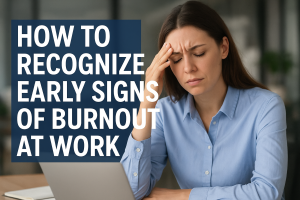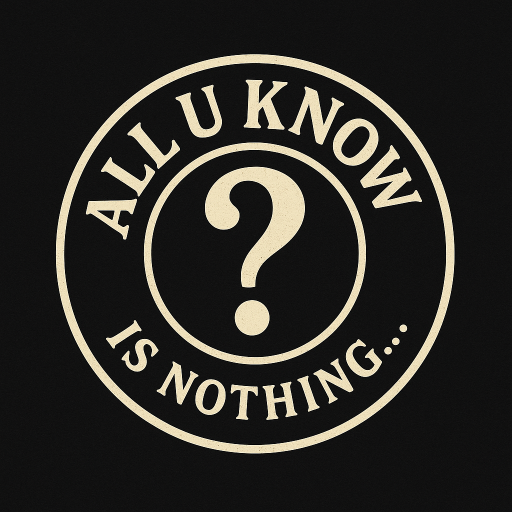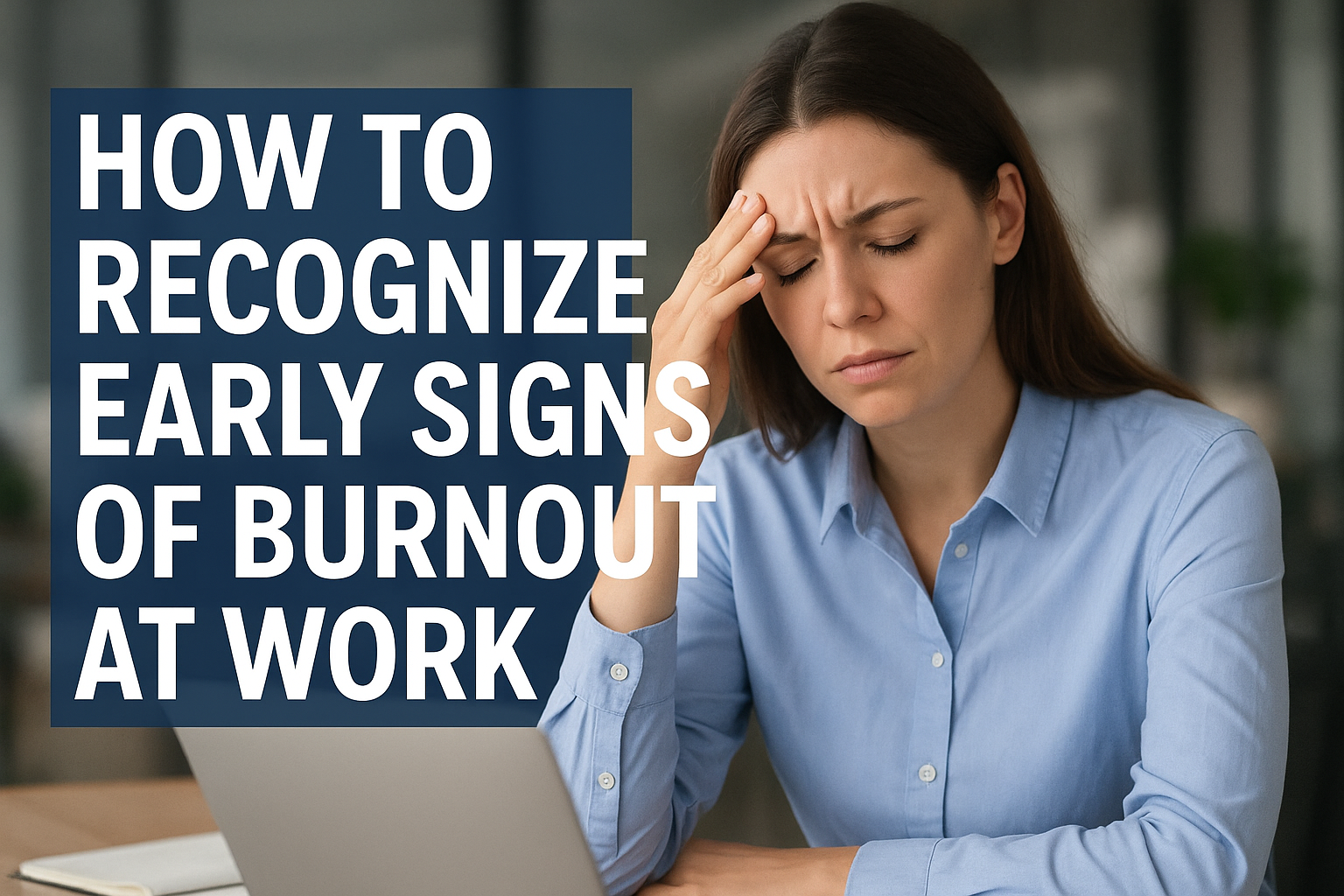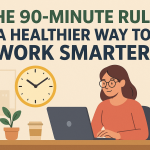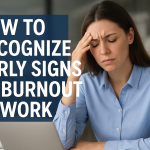How to Recognize Early Signs of Burnout at Work
Introduction
In today’s fast-paced American work culture, burnout has quietly become one of the biggest threats to employee well-being. Long hours, tight deadlines, and the “always-on” mindset have made mental exhaustion a common issue among working professionals in the USA. According to a 2024 Gallup survey, nearly 76% of full-time U.S. employees report experiencing burnout at least occasionally.
Recognizing the early signs of burnout is crucial — not only to protect your mental and physical health but also to maintain job satisfaction and overall quality of life. Let’s explore what burnout really is, how to detect its warning signs early, and what steps you can take to manage it effectively.
What Is Burnout?
Burnout isn’t just feeling tired or stressed after a busy week. It’s a state of chronic physical and emotional exhaustion that results from prolonged work-related stress.
The World Health Organization (WHO) officially classifies burnout as an occupational phenomenon, characterized by three main dimensions:
- Emotional exhaustion — feeling drained, unable to cope, or emotionally depleted.
- Depersonalization — developing a negative or detached attitude toward work or colleagues.
- Reduced performance — struggling to focus, meet deadlines, or stay motivated.
Burnout often builds up slowly, so identifying the early signs can make all the difference.
Early Signs of Burnout You Shouldn’t Ignore
1. Constant Fatigue and Low Energy
If you feel tired even after a full night’s sleep, it’s more than normal exhaustion. Persistent fatigue is one of the first indicators of burnout. You might find it difficult to start the day, stay alert during meetings, or concentrate on simple tasks.
2. Loss of Motivation
When you no longer feel excited or motivated about work — even tasks you once enjoyed — it’s time to pause and reflect. Many American employees report feeling emotionally disconnected from their jobs, which can lead to long-term dissatisfaction and disengagement.
3. Increased Irritability and Emotional Outbursts
You may notice yourself snapping at colleagues, feeling unusually frustrated, or becoming more sensitive to feedback. Emotional volatility is often your mind’s way of signaling that it’s overwhelmed.
4. Difficulty Concentrating
If your focus is slipping, deadlines are harder to meet, or you keep rereading the same email without absorbing it — it might be burnout creeping in. Prolonged stress affects your brain’s ability to process and retain information.
5. Physical Symptoms
Burnout doesn’t just affect your mind — it impacts your body too. Common physical symptoms include:
- Frequent headaches
- Stomach issues or nausea
- Muscle tension
- Increased heart rate or insomnia
Ignoring these signs can worsen both your mental and physical health.
6. Withdrawal from Social Life
Burnout often causes people to pull away from coworkers, friends, or even family. You may find yourself avoiding social events or preferring isolation because you’re mentally exhausted.
7. Decline in Work Performance
When burnout sets in, productivity often drops. Tasks take longer, mistakes increase, and you may find it hard to care about results. This decline can create guilt or self-blame — which only worsens burnout.
8. Negative Thinking About Work
Do you wake up dreading the workday? Do you feel that nothing you do at your job matters? Persistent negativity toward your work environment or leadership is another strong burnout indicator.
Common Causes of Burnout in the USA
While burnout can affect anyone, some workplace conditions in the U.S. make professionals especially vulnerable. These include:
- Overworking culture: The “hustle” mindset and long hours are glorified in many industries.
- Lack of boundaries: Remote work has blurred the line between home and office life.
- Job insecurity: Fear of layoffs or economic instability adds emotional strain.
- Poor management or toxic work culture: Unsupportive supervisors or high-pressure teams can accelerate burnout.
- Limited recognition: Working hard without appreciation leads to emotional fatigue.
How to Prevent and Manage Burnout
1. Set Boundaries Between Work and Personal Life
Avoid checking work emails after office hours. Take regular breaks and schedule personal time. Many U.S. professionals benefit from using “digital detox” periods on weekends to fully disconnect.
2. Practice Mindfulness and Relaxation
Techniques like deep breathing, meditation, or yoga can significantly reduce stress levels. Apps such as Calm, Headspace, or Insight Timer are popular among American employees seeking daily relaxation routines.
3. Communicate Openly
Don’t hesitate to talk to your supervisor or HR department about workload or stress. Many companies in the USA now offer Employee Assistance Programs (EAPs) or free mental health counseling.
Also Read : The 90-Minute Rule: A Healthier Way to Work Smarter
4. Prioritize Sleep and Nutrition
A healthy body supports a healthy mind. Aim for at least 7–8 hours of sleep and include brain-friendly foods like nuts, leafy greens, and omega-3s in your diet.
5. Take Time Off
Sometimes the best cure for burnout is rest. Use your paid time off (PTO) to recharge without guilt. A short vacation, even within the U.S., can help reset your energy and motivation.
6. Seek Professional Support
If burnout symptoms persist, consider reaching out to a licensed therapist or counselor. Online platforms like BetterHelp and Talkspace make it easy for U.S. professionals to access therapy from home.
Conclusion
Recognizing the early signs of burnout is the first step toward protecting your mental health and overall well-being. In the U.S., where workplace stress is increasingly common, addressing burnout early can prevent serious emotional and physical consequences.
Remember: prioritizing your mental health doesn’t make you less productive — it makes you more sustainable, focused, and fulfilled in the long run.
🧭 Key Takeaways
- Early burnout signs include constant fatigue, low motivation, and irritability.
- Burnout can affect both mental and physical health if ignored.
- Set clear work-life boundaries, practice mindfulness, and seek help when needed.
